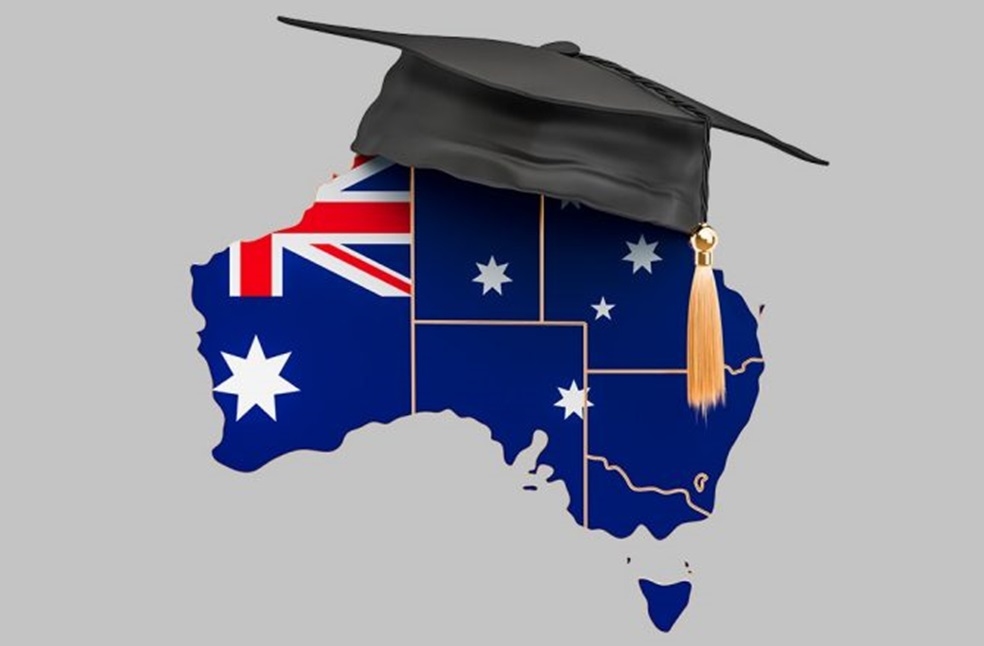SYDNEY: Australia announced that it has more than doubled the visa fee for international students. This marks the latest effort to manage record migration levels, which intensified pressure on the already tight housing market.
The international student visa fee has increased from AUS$710 ($473.36) to AUS$1,600 ($1,068). Visitor visa holders and students with temporary graduate visas are now banned from applying onshore for a student visa. The revised fees will be effective from today onwards.

Home Affairs Minister Clare O’Neil stated that, “The changes coming into force today will help restore integrity to our international education system, and create a migration system which is fairer, smaller and better able to deliver for Australia.”
Official data released in March showed that the net immigration surged 60 percent to a record 548,800 people in the year.
The fee hike makes applying for an Australian student visa far more expensive than in competing countries such as the U.S. and Canada, where the costs are approximately $185 and C$150 ($110) respectively.

The government also announced plans to close loopholes in visa regulations that have allowed foreign students to continuously extend their stay in Australia.
The significant move follows a series of actions taken since late last year to tighten student visa rules, following the lifting of COVID-19 restrictions in 2022, which led to a spike in annual migration to record levels.
English language requirements were tightened in March and the required savings amount for international students was raised from AUS$24,505 ($15,693) to AUS$29,710 ($19,823) in May, the second increase in about seven months.

Universities Australia CEO Luke Sheehy expressed concern over the continued policy pressure on the sector, warning that it could affect Australia’s strong position. “This is not good for our economy or our universities, both of which rely heavily on international student fees,” Sheehy remarked.
International education remains one of Australia’s largest export industries, contributing AUS$36.4 billion ($24 billion) to the economy in the 2022-2023 financial year.



